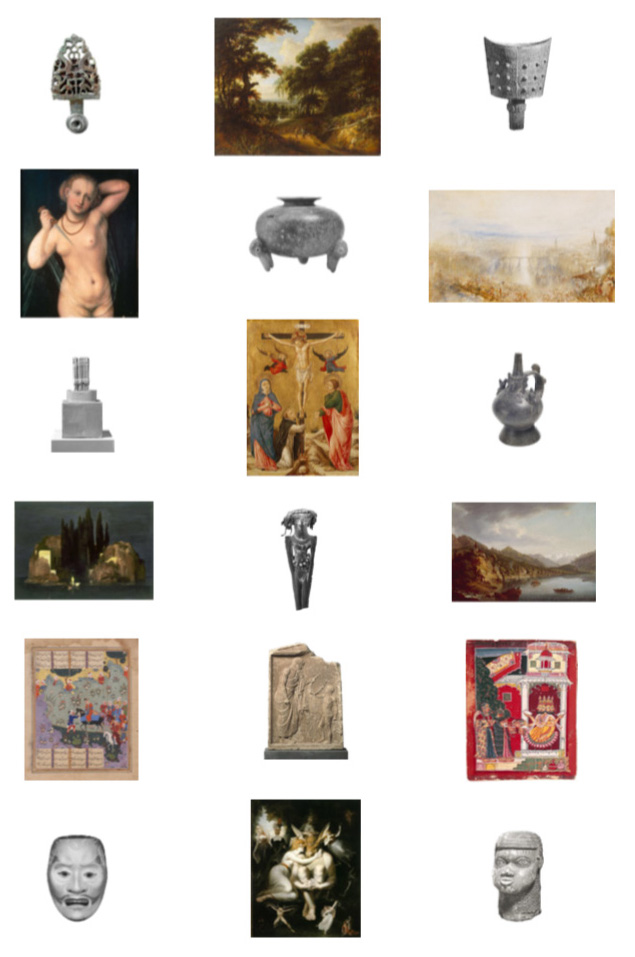Describing Beauty
Introduction: 19 September 2017, 10 am

In a product of beautiful art, we must become conscious that it is Art and not Nature; but yet the purposiveness in its form must seem to be as free from all constraint of arbitrary rules as if it were a product of mere nature. On this feeling of freedom in the play of our cognitive faculties, which must at the same time be purposive, rests that pleasure which alone is universally communicable, without being based on concepts. Nature is beautiful because it looks like Art; and Art can only be called beautiful if we are conscious of it as Art while yet it looks like Nature.
— The Critique of Judgement, Immanuel Kant, 1790
There are many ideas and theories about beauty, but beauty is not an absolute, and it is not objective. That ‘beauty is in the eye of the beholder’ seems to be true, and despite its emphatic subjectivity and its historical and cultural specificity, beauty is above all something that is shared. To talk about beauty today is unfashionable precisely because of the doubt that anything subjective and shared can flourish. But it is precisely this quality of the commonly shared that makes beauty important and raises it above personal taste.
Although I do not understand most of the religious iconography in Raphael’s Saint Catherine of Alexandria (1507), I am still moved by the combination and refinement of its colours, by the resonance between the dreamlike setting and the Saint’s apparent inner emotional state, and by the painting’s geometric and chromatic composition. The same is true of a work from the Japanese Kanô School of painting. The world in which it was produced is even more remote from my experience than Raphael’s Florence, and yet there is still something accessible in this work that has the capacity to move me. Beyond specific programme, it is the pre-logical and pre-linguistic quality of art that enables beauty to exist. This semester we will attempt to reawaken a discourse on beauty. We will study a range of objects, from pre-history to the 21st century, and from Asia, Africa, the Americas, and from Europe. These objects will be from the collections of Swiss Museums so that we can engage directly with their material as well as literary and historical content. This study will open our eyes to a range of kinds of beauty, and provide an opportunity to understand something about the cultures that produced these objects. We will develop ways of describing and discussing beauty again. We will then move into a range of characteristic landscapes around Zurich; from the forest to the lakeshore, from the romantic garden to the island. Within these settings we will design small buildings that embody some of the qualities of beauty that we have studied and discussed.
Why does everything have to come back to concepts? Being disturbed visually, experiencing ambivalence – why does that have to go straight into the language cage? It’s just an escape into didacticism. A very important element in my work is that you come in, experience an image, allow yourself to be drawn into it, perceive it directly.
Katharina Fritsch, in Katharina Fritsch, San Francisco Museum of Art/Museum für Gegenwartskunst Basel, 1997
The semester will be taught in collaboration with the history and theory Chair of Professor Maarten Delbeke and we will be offering a design-integrated elective ‘Urban Research and Architectural Design’ (Wahlfach) together with Markus Tubbesing of the gta, who will also be involved in the studio teaching. We encourage our students to inscribe into this course.
Introduction: 19 September 2017, 10 am, HIL F 61
Professor Adam Caruso
Assistants: Maria Conen, Benjamin Groothuijse, Claudio Schneider, Florian Summa, Kai Zipse